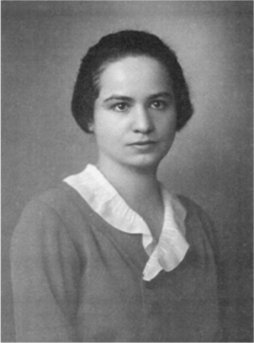
John William Strutt, 3rd Baron Rayleigh, was a British mathematician and physicist who made extensive contributions to science. He spent all of his academic career at the University of Cambridge. Among many honours, he received the 1904 Nobel Prize in Physics "for his investigations of the densities of the most important gases and for his discovery of argon in connection with these studies." He served as president of the Royal Society from 1905 to 1908 and as chancellor of the University of Cambridge from 1908 to 1919.

Sir William Ramsay was a Scottish chemist who discovered the noble gases and received the Nobel Prize in Chemistry in 1904 "in recognition of his services in the discovery of the inert gaseous elements in air" along with his collaborator, John William Strutt, 3rd Baron Rayleigh, who received the Nobel Prize in Physics that same year for their discovery of argon. After the two men identified argon, Ramsay investigated other atmospheric gases. His work in isolating argon, helium, neon, krypton, and xenon led to the development of a new section of the periodic table.
The year 1824 in science and technology involved some significant events, listed below.
The year 1888 in science and technology involved some significant events, listed below.
The year 1839 in science and technology involved some significant events, listed below.
The year 1887 in science and technology involved many significant events, listed below.
The year 1871 in science and technology involved some significant events, listed below.
The year 1898 in science and technology involved some significant events, listed below.
The year 1882 in science and technology involved some significant events, listed below.
The year 1970 in science and technology involved some significant events, listed below.

Harriet Brooks was the first Canadian female nuclear physicist. She is most famous for her research in radioactivity. She discovered atomic recoil, and transmutation of elements in radioactive decay. Ernest Rutherford, who guided her graduate work, regarded her as comparable to Marie Curie in the calibre of her aptitude. She was among the first persons to discover radon and to try to determine its atomic mass.

Hans Peter Jørgen Julius Thomsen was a Danish chemist noted in thermochemistry for the Thomsen–Berthelot principle.

Marietta Blau was an Austrian physicist credited with developing photographic nuclear emulsions that were usefully able to image and accurately measure high-energy nuclear particles and events, significantly advancing the field of particle physics in her time. For this, she was awarded the Lieben Prize by the Austrian Academy of Sciences. As a Jew, she was forced to flee Austria when Nazi Germany annexed it in 1938, eventually making her way to the United States. She was nominated for Nobel Prizes in both physics and chemistry for her work, but did not win. After her return to Austria, she won the Erwin Schrödinger Prize from the Austrian Academy of Sciences.
Berta Karlik was an Austrian physicist. She worked for the University of Vienna, eventually becoming the first female professor at the institution. While working with Ernst Foyn she published a paper on the radioactivity of seawater. She discovered that the chemical element 85 astatine is a product of the natural decay processes. The element was first synthesized in 1940 by Dale R. Corson, K. R. MacKenzie, and Emilio Segrè, after several scientists in vain searched for it in radioactive minerals.

Elisabeth Ivanova Kara-Michailova, alternatively Elisabeth Karamichailova was a Bulgarian physicist of a Bulgarian father and an English mother. She was among the handful of female nuclear physics pioneers at the beginning of the 20th century, established the first practical courses of particle physics in Bulgaria and was the first woman to hold a professorial title in the country.

Elizabeth Rona was a Hungarian nuclear chemist, known for her work with radioactive isotopes. After developing an enhanced method of preparing polonium samples, she was recognized internationally as the leading expert in isotope separation and polonium preparation. Between 1914 and 1918, during her postdoctoral study with George de Hevesy, she developed a theory that the velocity of diffusion depended on the mass of the nuclides. As only a few atomic elements had been identified, her confirmation of the existence of "Uranium-Y" was a major contribution to nuclear chemistry. She was awarded the Haitinger Prize by the Austrian Academy of Sciences in 1933.
Mildred May Gostling, also published under her married name Mildred Mills, was an English chemist who completed research in carbohydrate chemistry. She was one of the nineteen signatories on a letter from professional female chemists to the Chemical Society requesting that women be accepted as Fellows to the Society.
Katharine Isabella Williams was a British chemist who became a student, aged 29, at University College Bristol. She was known for her collaboration in the 1880s with Nobel prize winning Scottish chemist, William Ramsay and was also one of the signatories of the 1904 petition for the admission of women to the Chemical Society.
Katherine Alice Burke was a British chemist and one of the nineteen signatories of the 1904 petition to the Chemical Society.
Nellie Ivy Fisher (1907–1995) was a London-born industrial chemist and researcher who specialized in photographic chemistry and became known for her work in Australia as the first woman to lead a division of Kodak.








